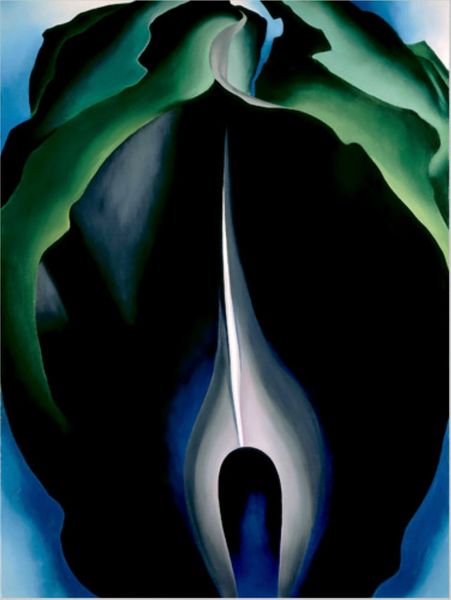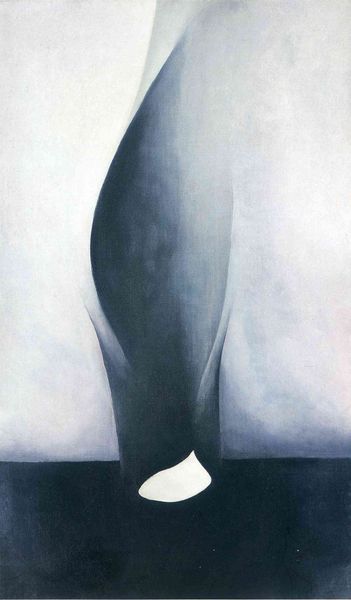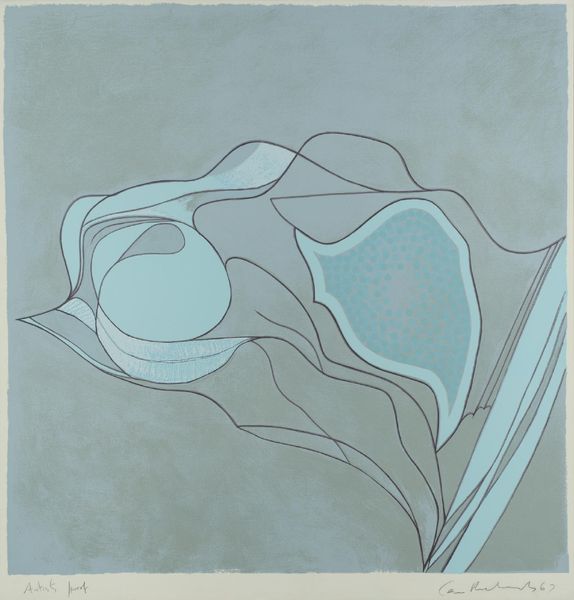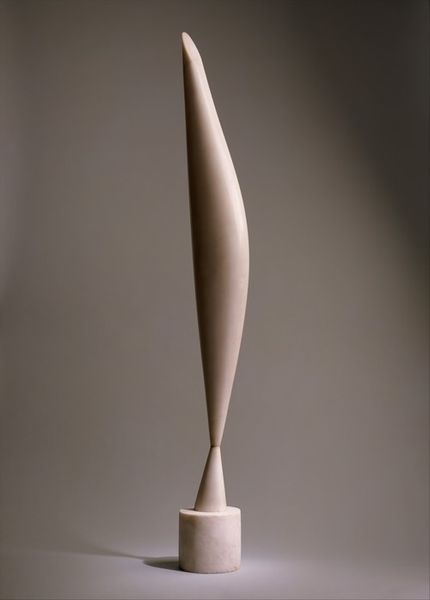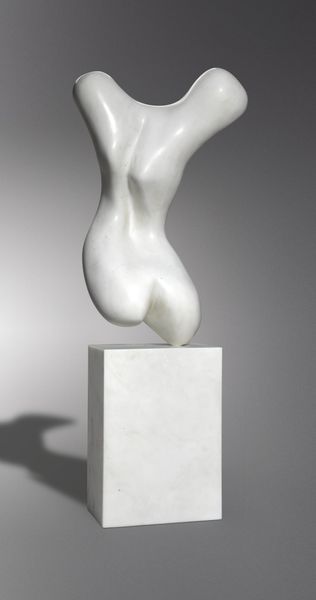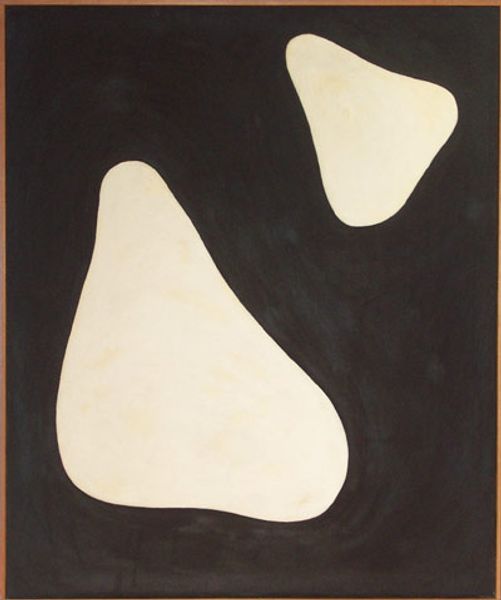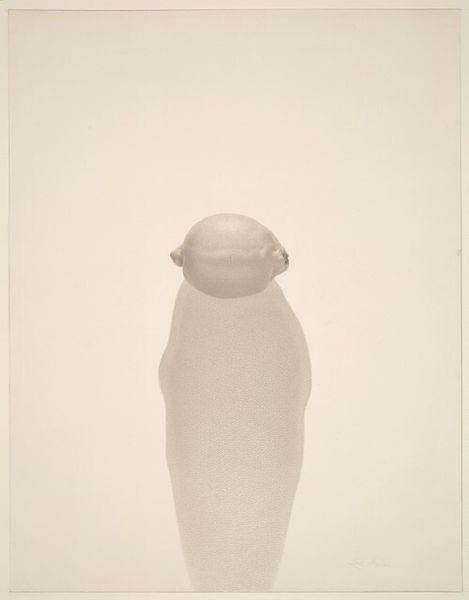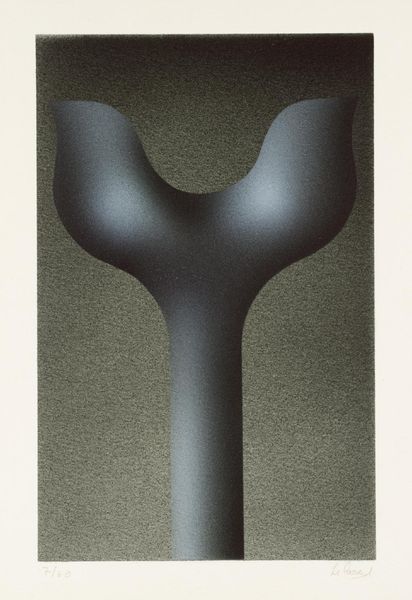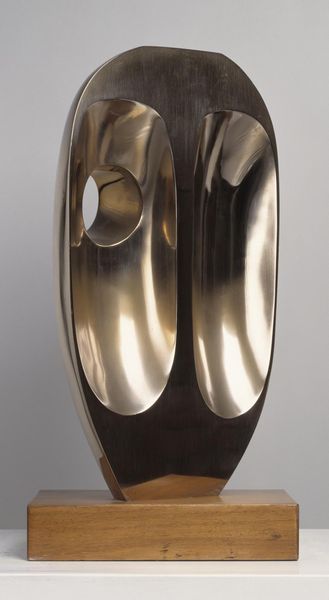
painting, oil-paint
#
precisionism
#
organic
#
painting
#
oil-paint
#
oil painting
#
abstraction
#
modernism
Copyright: Georgia O'Keeffe,Fair Use
Curator: Welcome. We’re looking at Georgia O’Keeffe's "Slightly Open Clam Shell," completed in 1926. It's an oil painting that exemplifies both modernism and precisionism, movements interested in exploring new ways of seeing. Editor: The overwhelming first impression is one of quietude, of something ancient and patiently enduring, painted with this incredible luminosity. It almost feels sacred, you know? Curator: That’s insightful. The magnification, the simplified forms, the soft gradations of color; these are hallmarks of O'Keeffe's aesthetic, one often read as intensely symbolic. There is that tension between objective representation and a dive into inner worlds of association. What do you make of its social context? Editor: Immediately, O’Keeffe’s engagement with the feminine and the recurring associations with the body. Given the overtly patriarchal landscape of early 20th-century art, these biomorphic forms read to me as radical declarations of female agency, and explorations into feminine sexuality. It disrupts those prevailing social assumptions that women are just objects to be admired. Curator: That makes sense within broader cultural frameworks. The clam shell here seems to oscillate between being purely abstract and representational, doesn’t it? The tight cropping draws the eye directly to its central opening. Editor: Exactly, and I wonder how much the interpretations imposed onto O’Keeffe, the insistent sexual readings of her flowers and shells, were reflective of the viewer's own societal biases rather than an intentional, explicit messaging by O'Keeffe herself. Was she provoking those views, playing with them, or merely exploring the aesthetic potential of these shapes? Curator: A compelling point. Maybe, by stripping away the ornamentation and presenting these natural forms in their pure essence, she was trying to reach a deeper level of shared experience that transcended gender. Editor: Or, perhaps the "either/or" is the trap, maybe her achievement involves working the borders, using ambiguity to push viewers past limited views and consider diverse possibilities. It’s a dynamic space where symbols become catalysts for re-thinking our relationship with bodies, nature, and art itself. Curator: That certainly challenges assumptions on several fronts, yes. Thanks for making me think anew about that work. Editor: My pleasure, it's been enlightening to unravel just some of these complex layers.
Comments
No comments
Be the first to comment and join the conversation on the ultimate creative platform.
